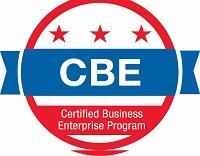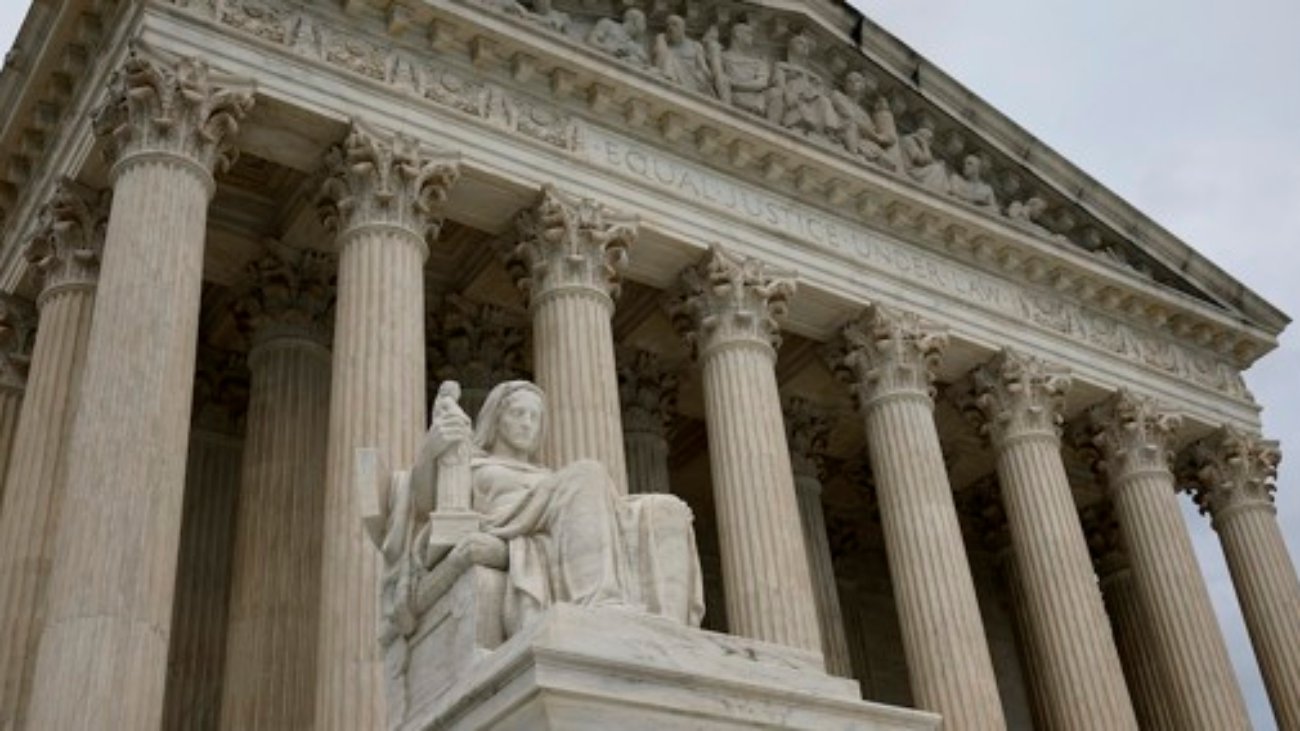Navy Secretary Carlos Del Toro violated the Hatch Act, the Office of Special Counsel announced on Thursday alongside several other enforcement decisions.
The Hatch Act governs federal employees’ political activities and is enforced by the OSC. Generally, such workers aren’t allowed to engage in political activity while at the workplace or on duty, engage in such activity in an official capacity at any time or solicit or receive political contributions.
“The best way for federal employees, including agency leaders, to avoid Hatch Act violations is to check with us before — not after — doing something that might run afoul of the law,” Special Counsel Hampton Dellinger said in a press release statement. “The enforcement decisions announced today involve officials and employees who acted without seeking advice.”
Navy Secretary Carlos Del Toro
OSC found that Del Toro in January violated the Hatch Act when he made statements advocating for the re-election of President Joe Biden and critical of Republican presidential candidate Donald Trump during a question-and-answer session and BBC interview as part of an official trip to the U.K.
For example, he said, “I’m confident that the American people will step up to the plate come November and support President Biden for a second term as our commander-in-chief, so that we can continue to work together as free democratic countries, respect each other around the globe….”
And in response to a question about what his worry is about a second Trump term, he said: “My worry is that, you know, we as Americans, for as long as I can remember, certainly, since I served in uniform, you’ve had both Republican and Democratic presidents who’ve always abided by the core values of our country, protecting the freedoms of Americans and other people around the globe and protecting democracy itself. And when you have someone who doesn’t align to those core principles, it makes you wonder, you know, should you be supporting that individual?”
OSC investigators reported that Del Toro, prior to this trip, participated in at least three Hatch Act briefings, all of which covered the official capacity prohibition.
“This is especially troubling because Secretary Del Toro has himself acknowledged that military work and partisan politics should not be mixed,” Dellinger said. “As he stated just this past July: ‘It is more important than ever for us to remember that the [Navy Department] is an apolitical body…Public trust and confidence depend on this.’”
A response to the report from attorney Michael R. Bromwich noted that Del Toro self-reported the incidents and that his statements were answers to questions rather than prepared remarks.
“OSC’s finding of a Hatch Act violation is a mechanical and inappropriate application of the rules prohibiting the involvement of federal officials in political activities,” he wrote. “It fails to appreciate the spontaneous and unpremeditated nature of the comments and, most importantly, the setting in which his comments were made — in another country to members of the U.K. press corps, and without any evidence that any eligible American voter other than members of his own staff and the U.S. embassy staff were in attendance or ever became aware of his remarks.”
Bromwich also pointed out that Del Toro never mentioned Trump by name, but OSC investigators did not consider that explanation to be credible.
In a letter to the president, who will decide if Del Toro receives any disciplinary action, Dellinger wrote that “the secretary’s refusal to take responsibility for the violation is troubling.”
Education Secretary Miguel Cardona
OSC concluded that Education Secretary Miguel Cardona did not violate the Hatch Act when he sent a July letter to federal student loans borrowers outlining the department’s plan in response to decisions by federal judges that temporarily blocked certain student debt forgiveness plans. Specifically, critics seized on statements in the letter that pinned blame on “Republican elected officials” for bringing the lawsuits against the loan programs.
In an advisory opinion, OSC staff wrote that the evidence does not suggest Cardona intended to interfere with or affect election results. They argued that OSC historically does not consider references to a political party in discussions of pending legislation or government policy to constitute political activity under the Hatch Act.
Former Attorney General William Barr
Dellinger closed without further action a referral from the Justice Department Office of Inspector General regarding former Attorney General William Barr’s involvement in the release of public statements about an ongoing DOJ criminal investigation into allegations that a Bureau of Elections employee mishandled nine absentee ballots for the 2020 election in Luzerne County, Pennsylvania. Ultimately, DOJ did not press charges against the employee.
DOJ policy generally prohibits public comments about ongoing, uncharged investigations. Trump in that election falsely claimed mail voting would lead to fraud.
With respect to Cardona and Barr, Dellinger said: “[both] face allegations that they impermissibly injected partisan politics into communications about legal matters. OSC is closing these matters without finding Hatch Act violations in either case. But our closures should not be viewed as encouraging unnecessary partisan references, particularly in the context of legal discussions.”
Project 2025
OSC concluded that federal employee activity related to the Heritage Foundation’s Project 2025 does not constitute political activity under the Hatch Act, as the law prohibits actions directed at the success or failure of a political party, partisan political group or candidate for partisan political office.
Project 2025 is a program to assist a hypothetical Republican president transition into the White House that was worked on by dozens of former high-ranking Trump officials. However the Trump campaign has sought to distance itself from it due to widespread unpopularity.
Bipartisan Infrastructure Law and Employees Soliciting Political Contributions on Social Media
The agency determined that signs at federally funded project sites that note funding came from “President Joe Biden’s Bipartisan Infrastructure Law” are not barred under the Hatch Act because associating legislation with a particular president is not, by itself, prohibited political activity.
A Commerce Department employee received an unpaid 10-day suspension and a U.S. Attorneys’ Office employee got a seven-day suspension without pay for sharing messages on Facebook that encouraged donations to a partisan political candidate.
“While OSC deals with some close calls in its Hatch Act enforcement, federal employees soliciting donations for a political campaign is express advocacy and a clear-cut violation,” Dellinger said. “We urge federal employees not to cross these brightest of lines. When it happens, OSC will take action.”














